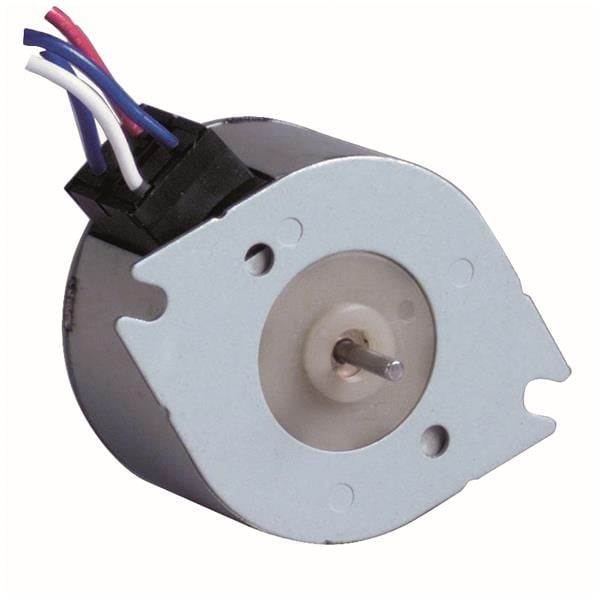82910 Series, Stepper Motors
Results:
17
Filters
Applied Filters:
82910
About Stepper Motors
Stepper motors are a type of motion actuator that operates on DC voltage and moves in discrete steps. They are widely used in applications that require precise positioning or speed control. Stepper motors consist of multiple sets of coils, organized into groups called "phases," which determine the position of the motor's armature.
To make the armature rotate, each phase is energized in a specific sequence. By energizing the phases in a controlled manner, the motor moves one step at a time. This discrete stepping action allows for accurate control over the motor's position and speed.
Stepper motors are commonly managed by computers or microcontrollers, which send signals to the motor to control its movement. With this level of control, precise positioning and speed control can be achieved.
When selecting a stepper motor, several specifications need to be considered. These include torque, steps per revolution, step angle, NEMA frame size, coil resistance, polarity, and shaft features.
Torque refers to the rotational force produced by the motor and is an important consideration for applications requiring sufficient power to move loads.
Steps per revolution indicates the number of steps required for the motor to complete one full rotation. This specification determines the motor's resolution and the precision of its movement.
Step angle defines the angular distance covered by the motor with each step. It is typically expressed in degrees (e.g., 1.8° per step). The step angle is inversely proportional to the motor's resolution.
NEMA frame size is a standardized classification system for stepper motors. It helps ensure compatibility between motors and their mounting arrangements.
Coil resistance is an electrical property that affects the motor's performance. It influences the current flow and power consumption of the motor.
Polarity refers to the electrical connections of the motor's coils. Correct polarity ensures proper operation and prevents damage to the motor.
Shaft features include the type of shaft (e.g., round or D-shaped), shaft length, and shaft diameter. These specifications are important when considering how the motor will interface with other components.
Overall, stepper motors provide precise positioning and speed control through their discrete stepping action. They are selected based on various specifications to suit specific application requirements, enabling automation and accurate motion control in a wide range of industries.





